Milk Processing Plant

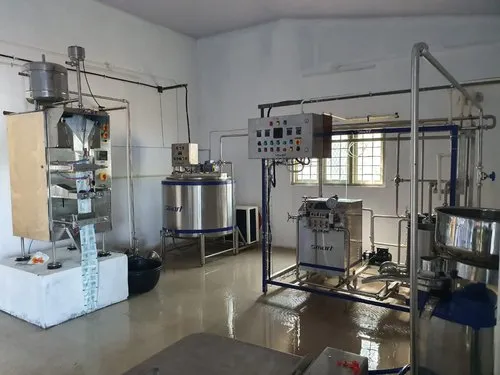
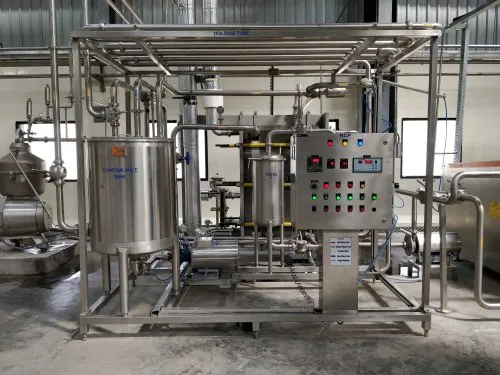
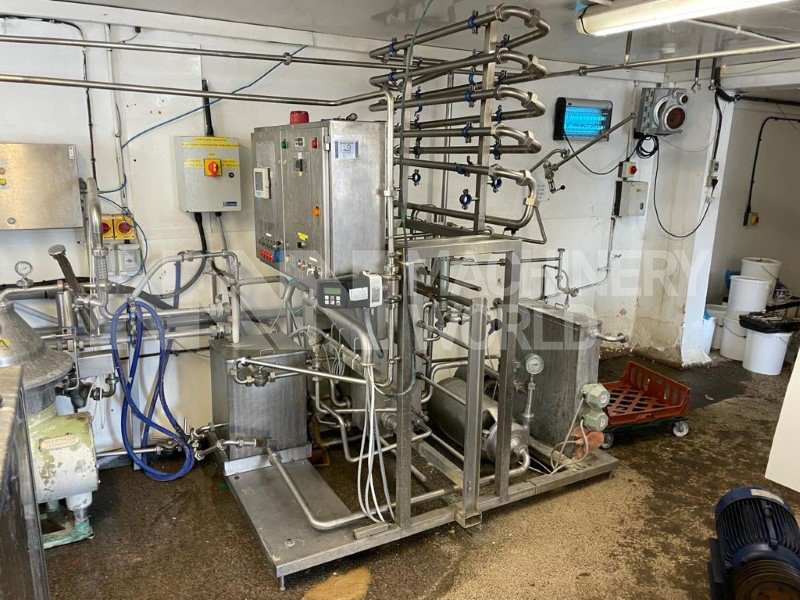
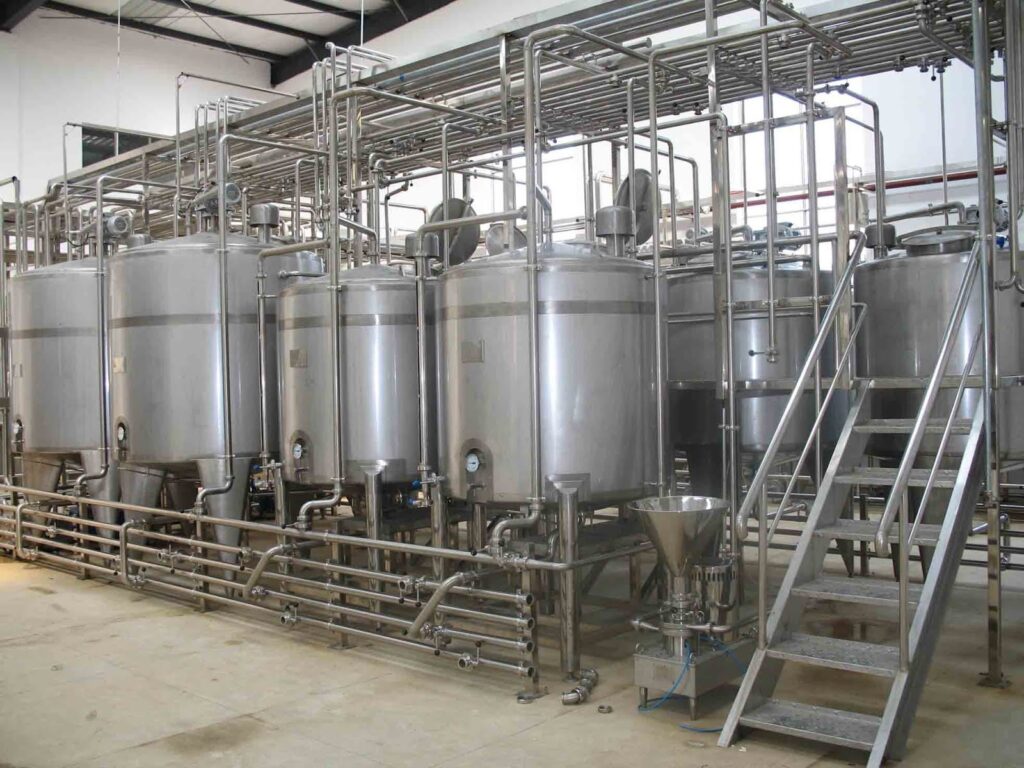
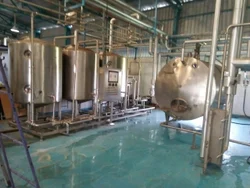
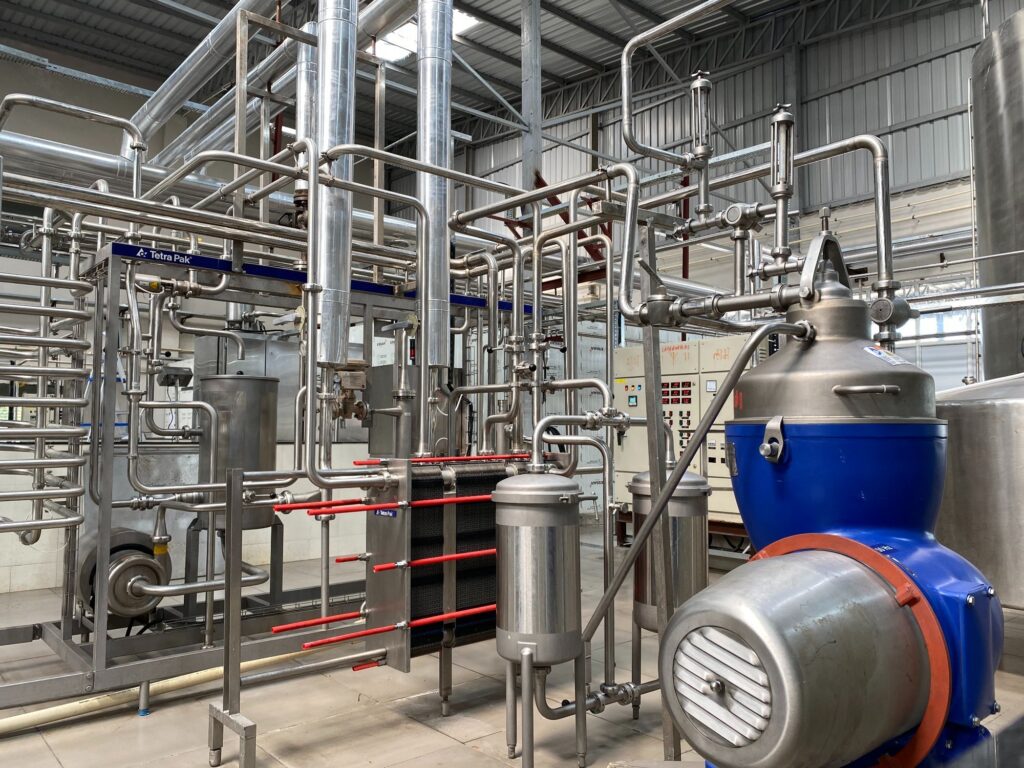
Milk Processing Plant Manufacturer and Supplier in India
- Application
- Description
- Parameters
- Videos
Diverse Product Range: Milk processing plants enable the production of various dairy products such as pasteurized milk, yogurt, cheese, butter, and ice cream, catering to diverse consumer preferences and demands.
Extended Shelf Life: Through processes like pasteurization and homogenization, milk processing plants increase the shelf life of dairy products, ensuring they remain fresh and safe for consumption over an extended period, reducing food wastage.
Nutrient Preservation: Advanced techniques in milk processing allow for the retention of essential nutrients such as calcium, vitamins, and proteins, enhancing the nutritional value of dairy products for consumers.
Quality Control: Milk processing plants implement stringent quality control measures at every stage of production, ensuring consistency, safety, and adherence to regulatory standards, thereby building trust among consumers.
Economic Contribution: These plants create employment opportunities across various levels, from skilled technicians and engineers to factory workers, contributing to the local economy and fostering community development. Additionally, they support dairy farmers by providing a reliable market for their produce, thus sustaining the agricultural sector.
A milk processing plant is a facility where raw milk is collected, processed, and transformed into various dairy products such as pasteurized milk, cheese, yogurt, butter, and ice cream. The process typically involves pasteurization to kill harmful bacteria, homogenization to ensure uniformity, and various other processes such as separation, standardization, and packaging. These plants play a crucial role in ensuring the safety, quality, and availability of dairy products to consumers while also contributing to the agricultural economy through the support of dairy farmers and the creation of employment opportunities.
Capacity: The maximum amount of milk that the plant can process within a given timeframe, usually measured in liters or gallons per hour.
Processing Techniques: Description of the specific methods used for pasteurization, homogenization, separation, standardization, and any other processing steps involved in transforming raw milk into dairy products.
Quality Control Measures: Procedures implemented to ensure the safety, quality, and consistency of the dairy products, including testing for bacterial contamination, monitoring of temperature and pressure during processing, and adherence to regulatory standards.
Equipment: List of machinery and equipment utilized in the processing plant, such as pasteurizers, separators, homogenizers, storage tanks, filling machines, and packaging equipment.
Packaging Options: Description of the packaging materials and formats used for different dairy products, including bottles, cartons, pouches, or bulk containers, along with any labeling requirements.
Sanitation Protocols: Protocols and procedures for cleaning and sanitizing equipment and facilities to prevent contamination and ensure food safety.
Energy Efficiency: Measures taken to optimize energy usage and reduce environmental impact, such as utilizing energy-efficient equipment, implementing heat recovery systems, or sourcing renewable energy.
Waste Management: Strategies for managing by-products and waste generated during the processing, including wastewater treatment, recycling, or disposal methods in compliance with environmental regulations.
Staffing Requirements: Information on the workforce needed to operate the plant, including skilled technicians, engineers, quality control personnel, and production workers, along with training programs and safety protocols.
Regulatory Compliance: Compliance with local, national, and international regulations governing food safety, sanitation, labeling, and environmental protection in the dairy industry.
